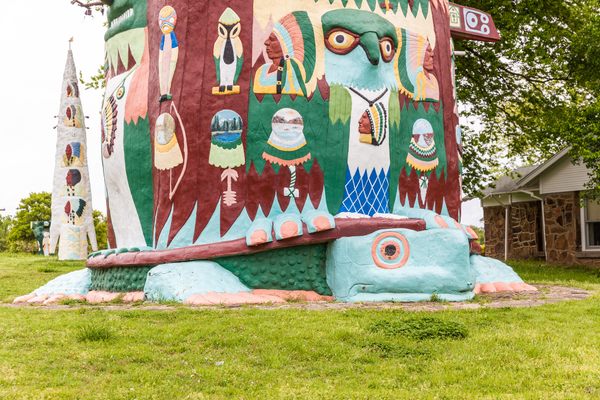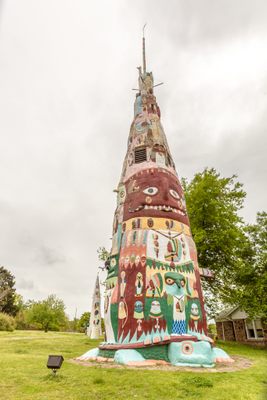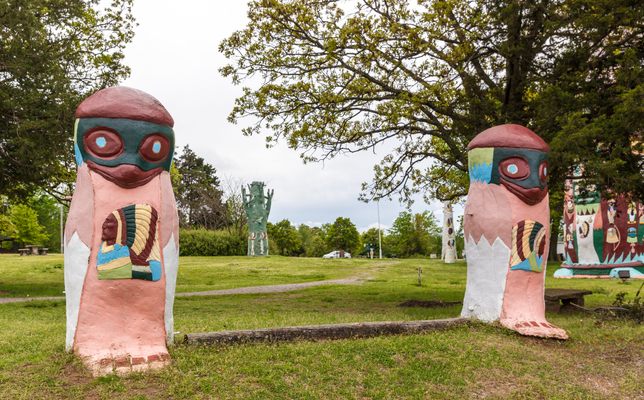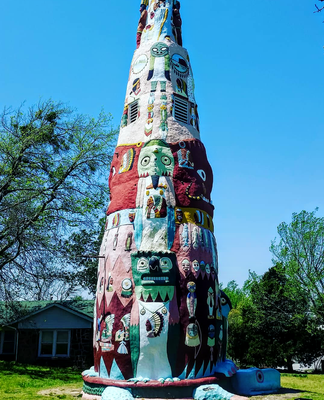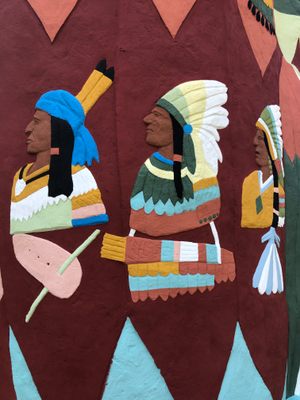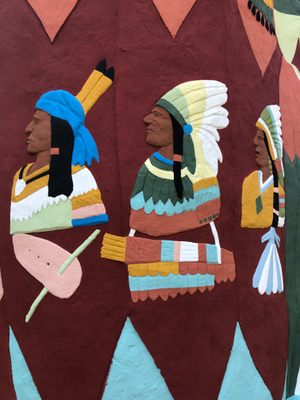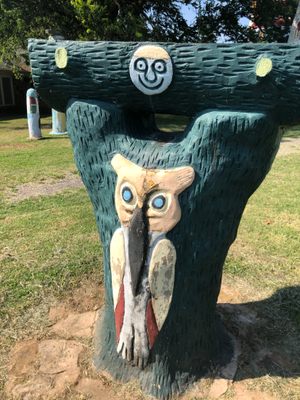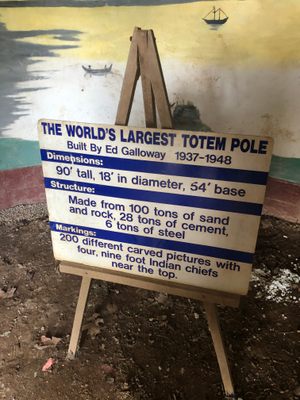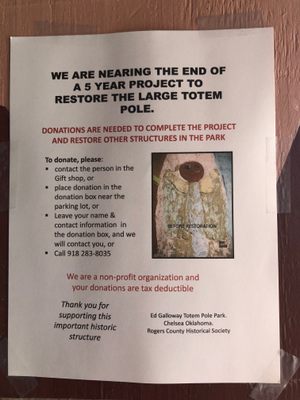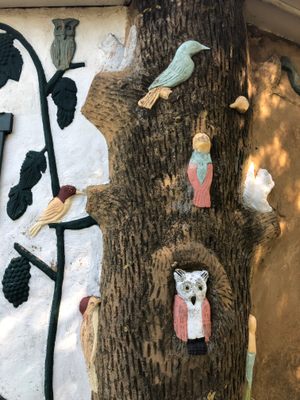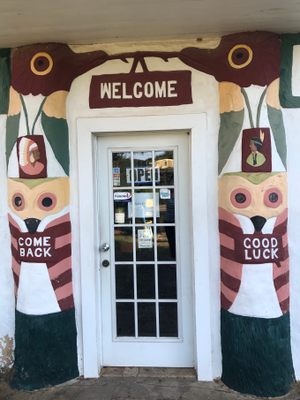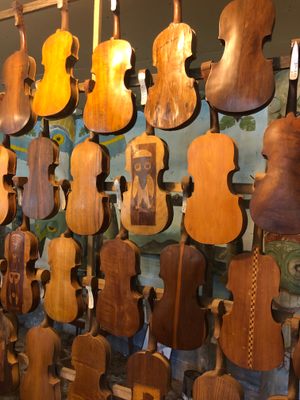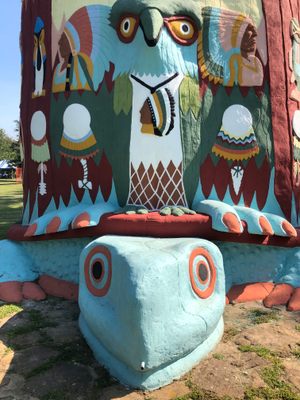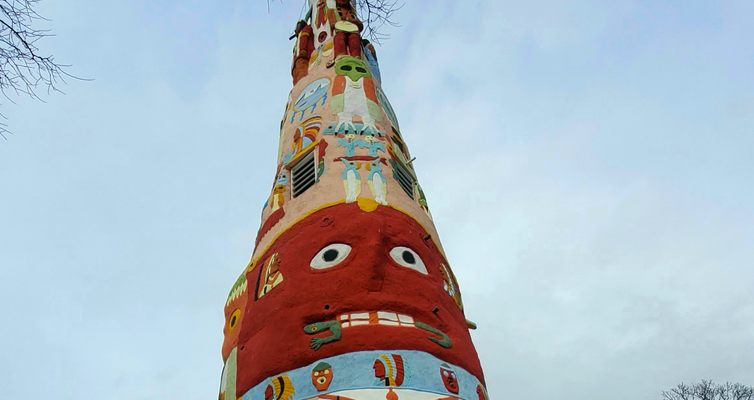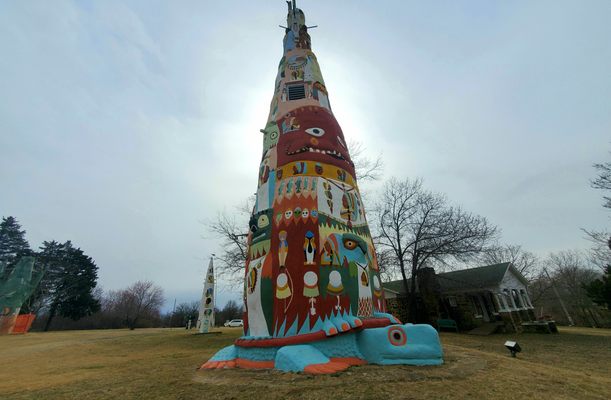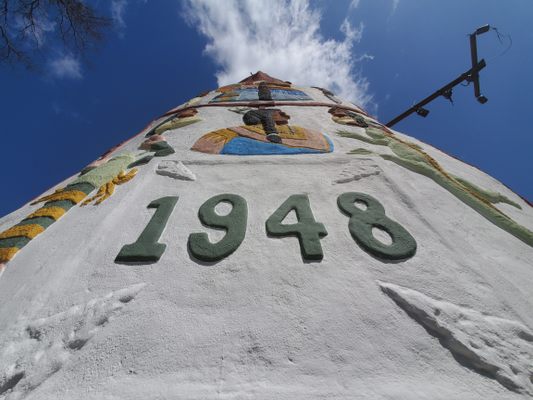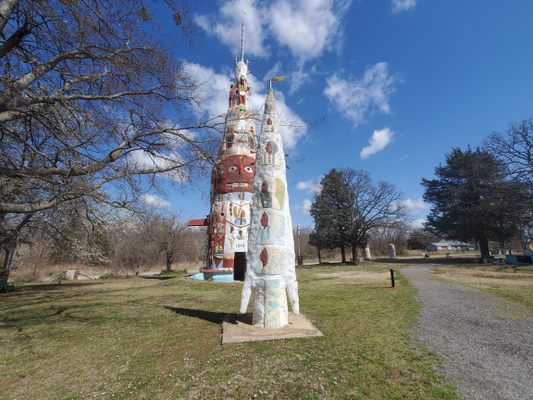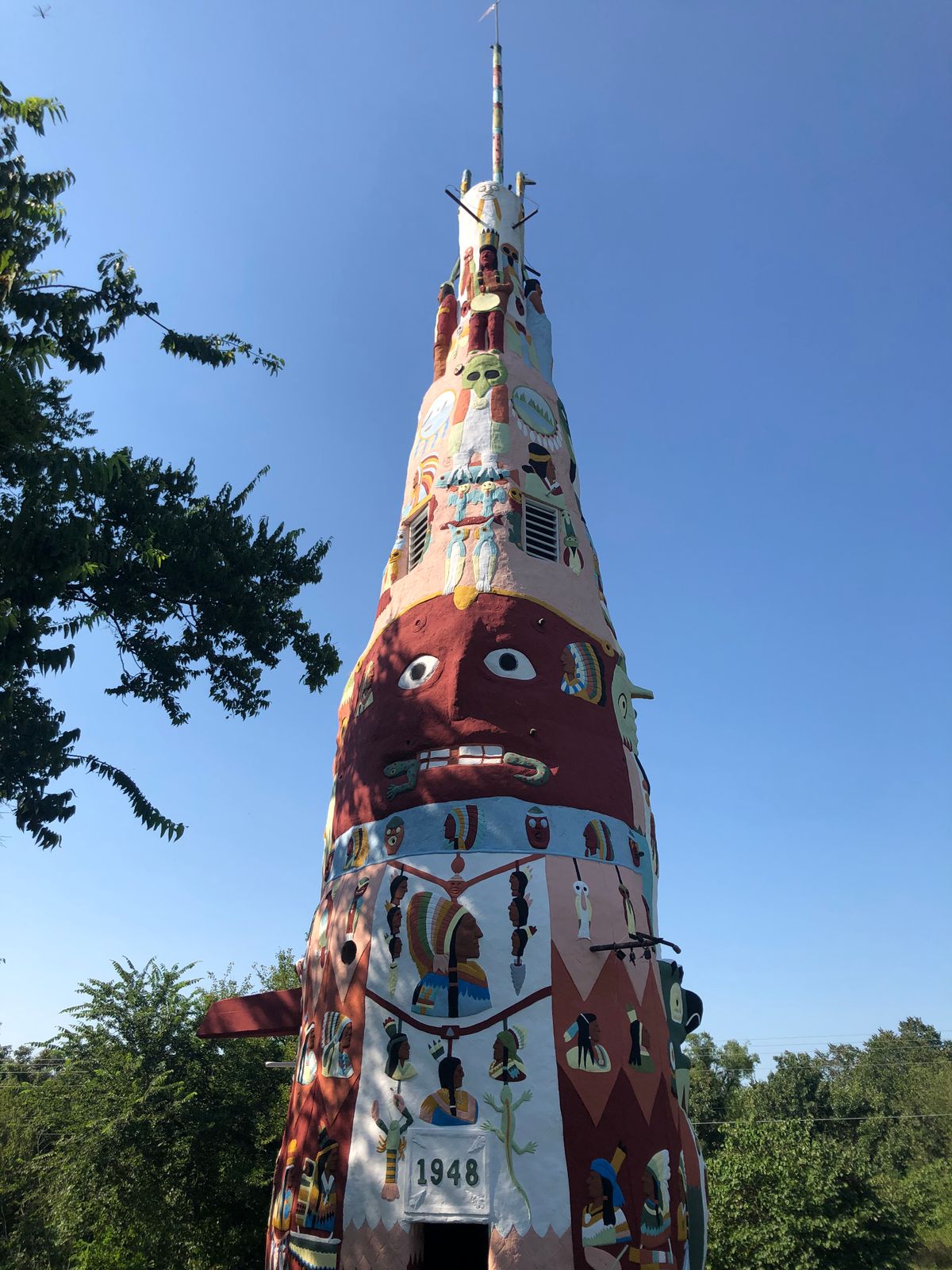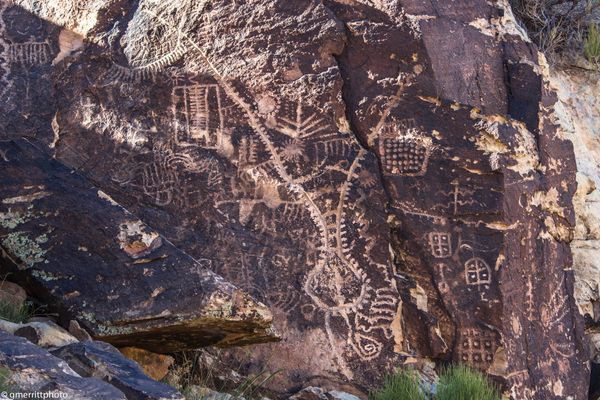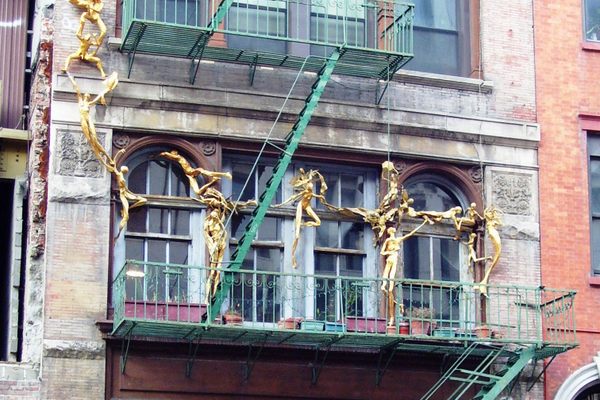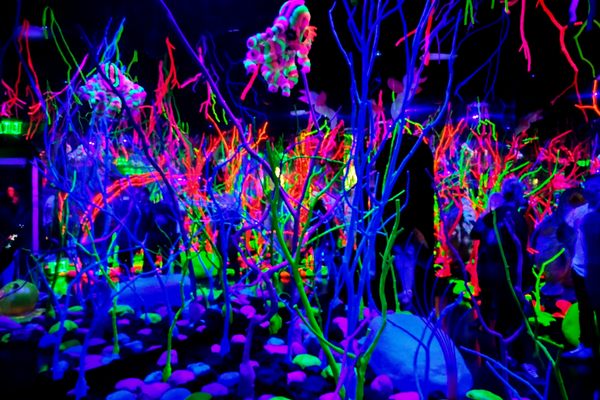About
Located a few miles off of historic Route 66, one man's collection of homemade concrete decorations is home to a totem pole so large it actually has a room inside of it.
Oklahoma's Totem Pole Park is the work of local artisan Ed Galloway, who created the attraction on his own across a number of decades. After leaving his job as an art teacher, Galloway began construction on his personal park in 1938. His main goal was to create a series of totem poles using sturdy building materials. Using concrete, rebar, and steel reinforcement, he created a number of colorful tapered totems on his land surrounding what is known as the "Fiddle House," which was modeled after a hendecagonal Navajo hogan, and which was itself supported by a series of cement totems.
The grandest creation in the park, however, is the main totem, which took Galloway 11 years to finish. The massive tower stands around 90 feet tall, and is completely covered in bright reliefs of animals and characters similar to some traditional Native American styles. It features 200 carved pictures, with four nine-foot Indians near the top, each representing a different tribe. The entire stack of looming faces and squashed beasts was made to sit on the back of a giant concrete turtle who looks a bit crushed by the weight of the world.
Traditionally, totem poles are monuments created by the Indigenous peoples of the American Pacific Northwest. They represent and commemorate ancestry and histories, and are typically crafted out of red cedar.
Galloway passed away in 1962, working until his dying day on the park. Unfortunately after his passing, the site fell into disrepair for decades until a conservation group formed to rehabilitate the animalistic works. However strange it may have seemed at the time, Galloway's mission to build a better totem pole apparently worked as the immovable stone spires continue to look nearly as good as the day they were sculpted.
Related Tags
Published
January 22, 2015
